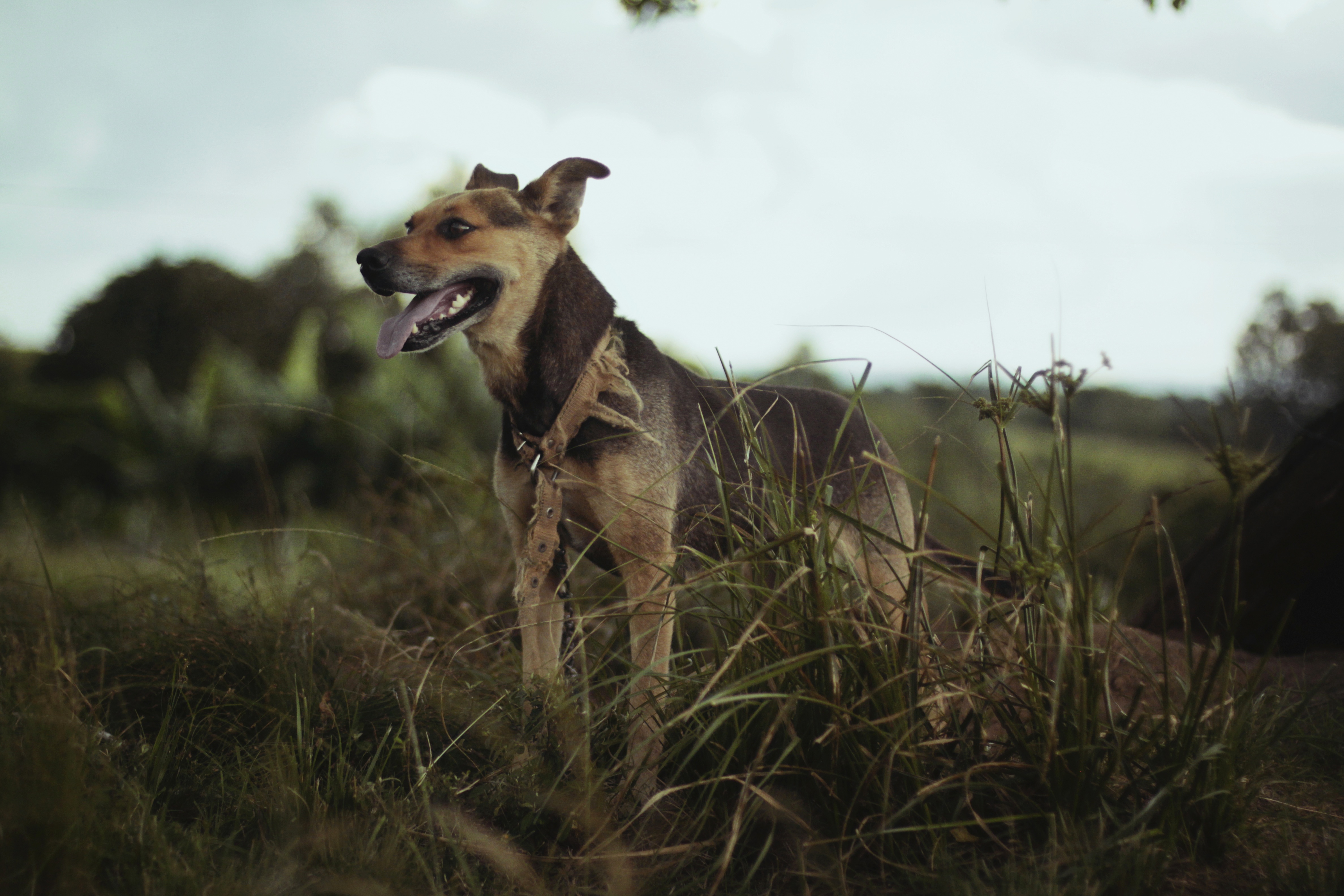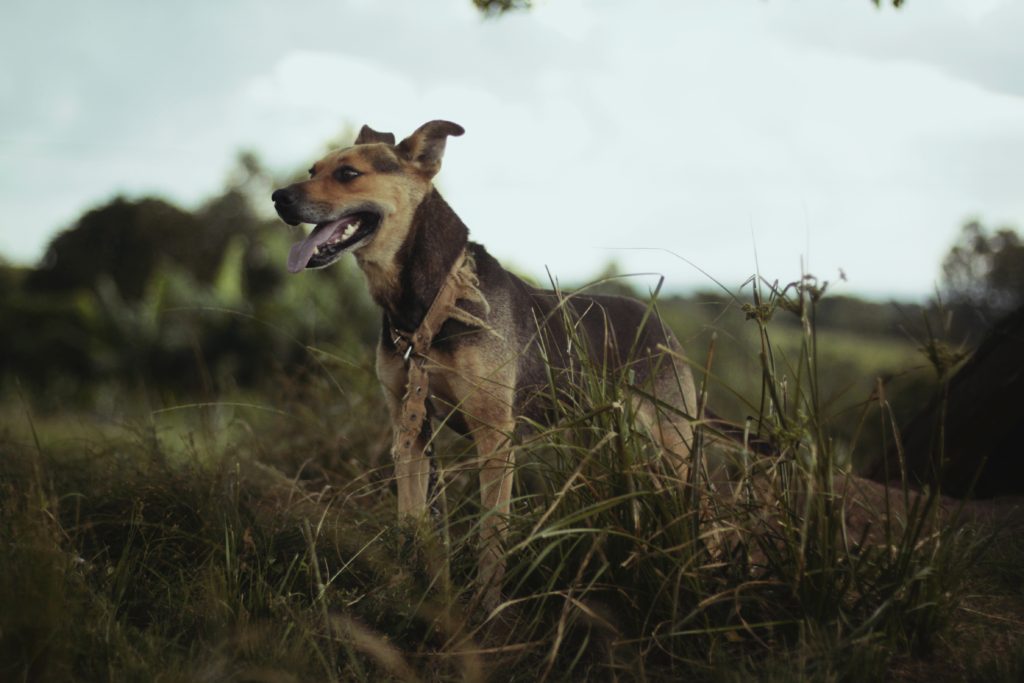Poor recall has to be one of the top reasons for calling in a dog trainer. It is not unusual to see exasperated owners anxiously speed-walking around the park repeatedly calling their dog’s name while the hound in question is nowhere to be seen. Equally common is the dog that dances around enticingly, just out of range of its owner, refusing to have its lead put on. Poor recall is not only inconvenient it is also dangerous; the ability to call your dog away from something could one day save his life.
Of course, you won’t be surprised to learn that the fault lies not with the dog but with the owner. Recall is a vital command and has to be built with care throughout the dog’s early years before it is reliable. Alas, many owners stop training after puppy school. The fact is most puppies do have good recall- it makes sense for young animals to stay close to the security of owners, but this all falls apart at adolescence when the youngster discovers just how many good things freedom has to offer.
With patience and consistent application of training it is possible to achieve a good recall, here are my top tips:
- Bite the bullet and keep training daily until your dog is through adolescence, don’t put all your faith into what you achieve at a puppy course. Once hormones kick in at puberty the brain is overwhelmed with lots of new information. Puppy obedience, and with it recall, is temporarily pushed to the bottom of the learning pile.
- Remember dogs learn in a highly contextual way. Recall in class is different to recall in the park. Training in the park has to be built from scratch too.
- Don’t run before you can walk. If your pup has learned to return to you under highly controlled conditions in class, don’t expect him to do the same after he has been free running and playing in the park for half an hour with other dogs.
- Think about the reward on offer for returning to you- is it as fun for the dog as playing with other dogs? Most pups will choose play- fighting with other dogs to the same old food treat from its owner. After all, if you were to offer any hormonal human teenager a slice of cake as reward for coming home early from a wild night out with their mates, which do you think they would choose?
- Only ever call your dog once or twice. Repeated use of the command when the dog blanks you reduces the potency of the command.
- Ideally, every recall should be successful first time. This means the owner has to judge how distracted the dog is, how far away the dog is, and for how long the dog has been separated from them (the three D’s, distance, distraction, duration).
- Use a long line. This gives you control and means you can gently reel the dog in when you need to without using your recall word and failing.
- As a principle and especially if the dog is on a line, do not let him have extended play sessions with other dogs. At this age we want your dog to focus on you. So keep dog interactions short and sweet.
- It will be clear to most that your dog wants to run and play in the park so start jogging with your pup on the line.
- Start to play with your dog in the park. Use commands like ‘sit’, ‘wait’ and ‘leave’ to heighten control and make the game more interesting.
- Finally, never ever chastise your dog for not returning when you call. No dog will willingly return to an angry owner. Think about what has gone wrong and aim to put it right on the next recall.
Leonie St Clair
www.londondogstraining.co.uk
This article first appeared in the August 2016 issue of SE22 magazine.


